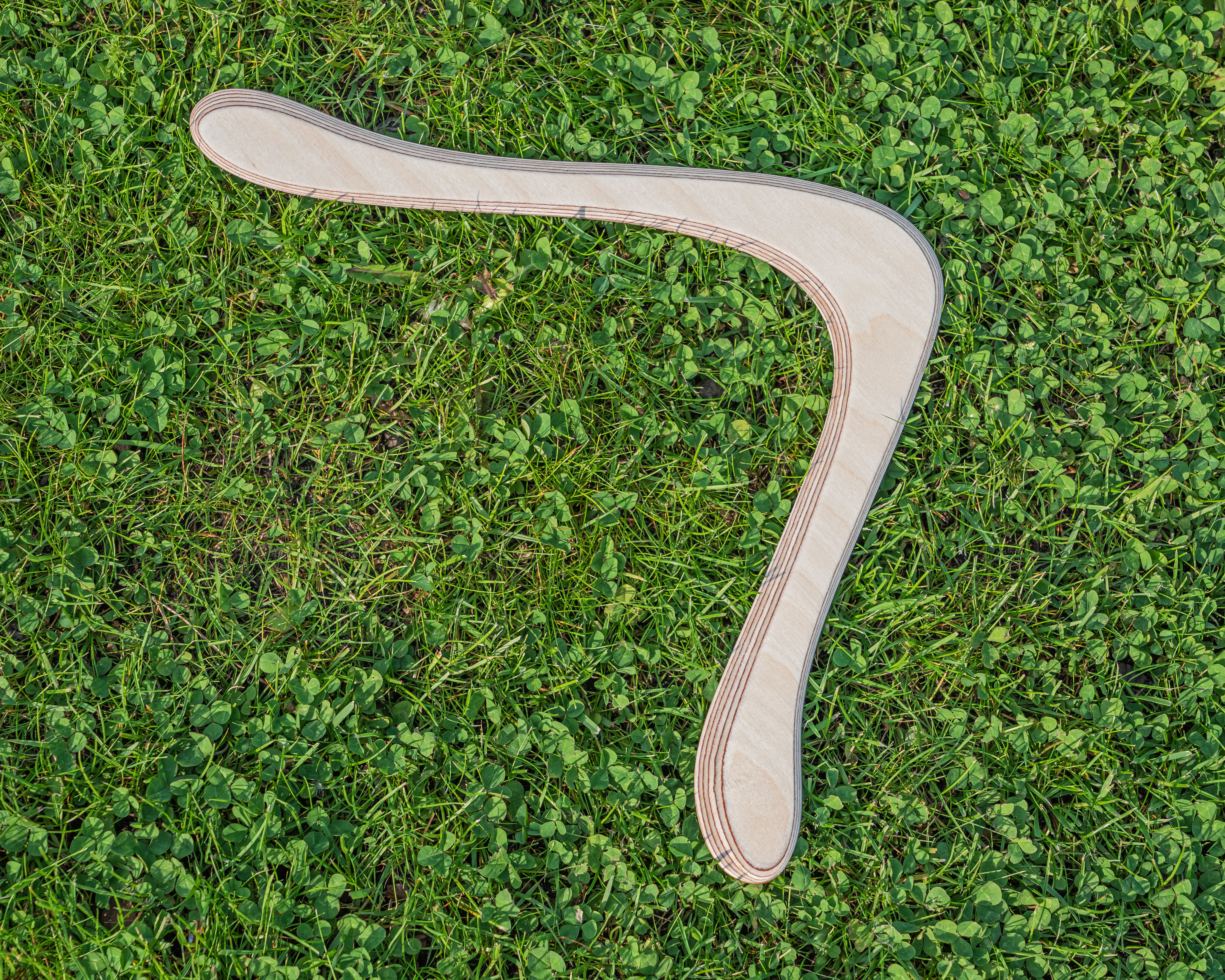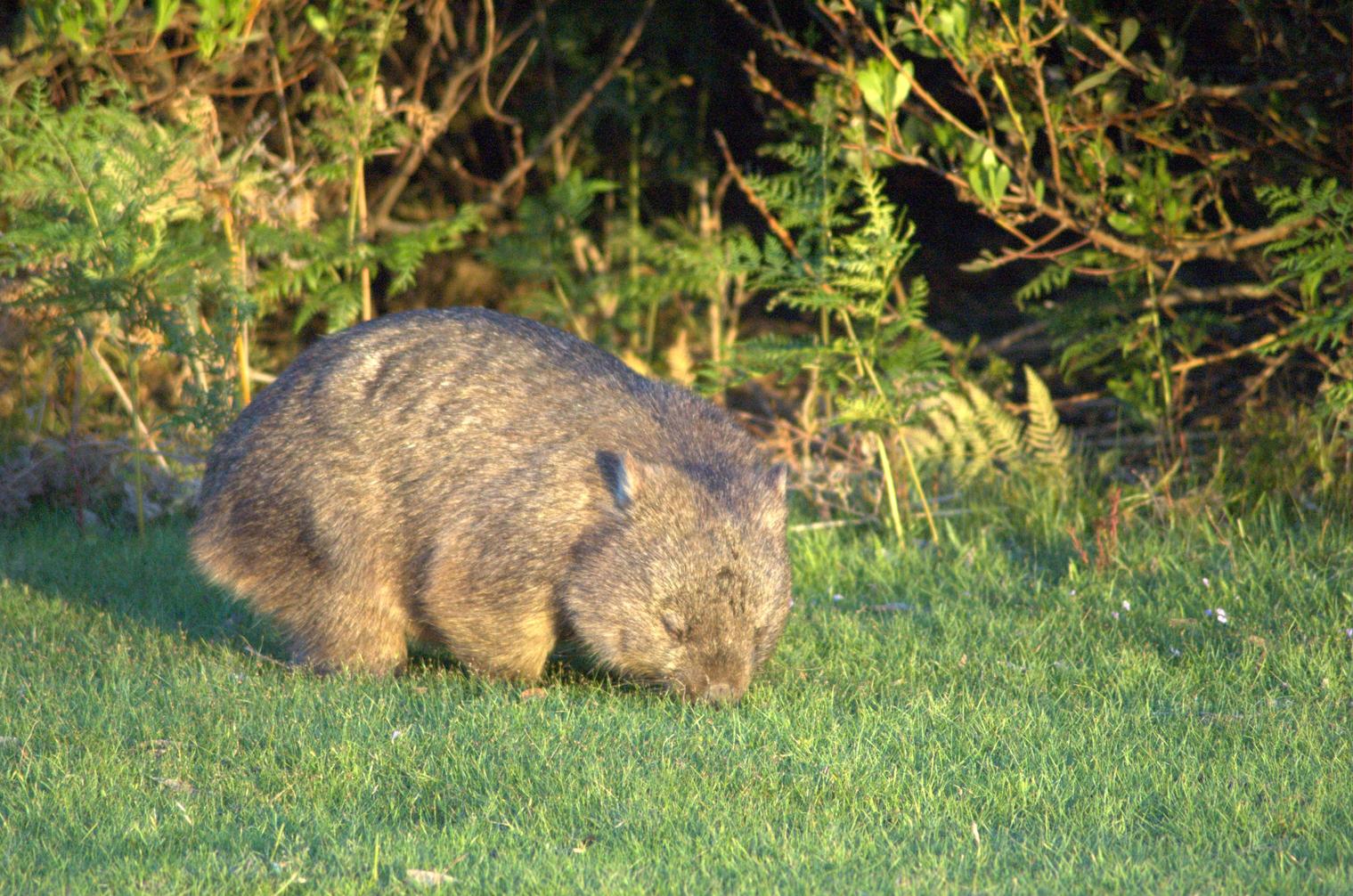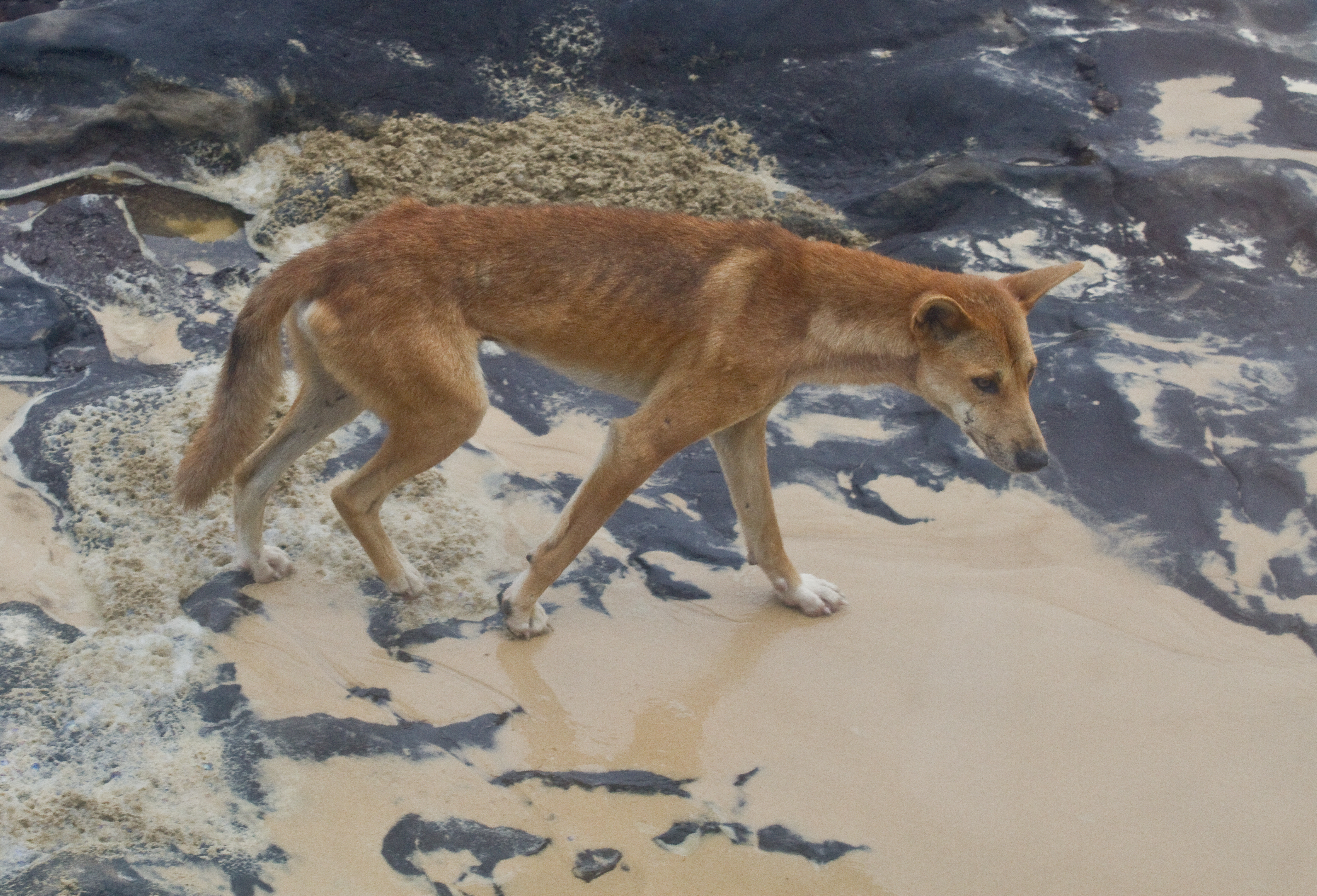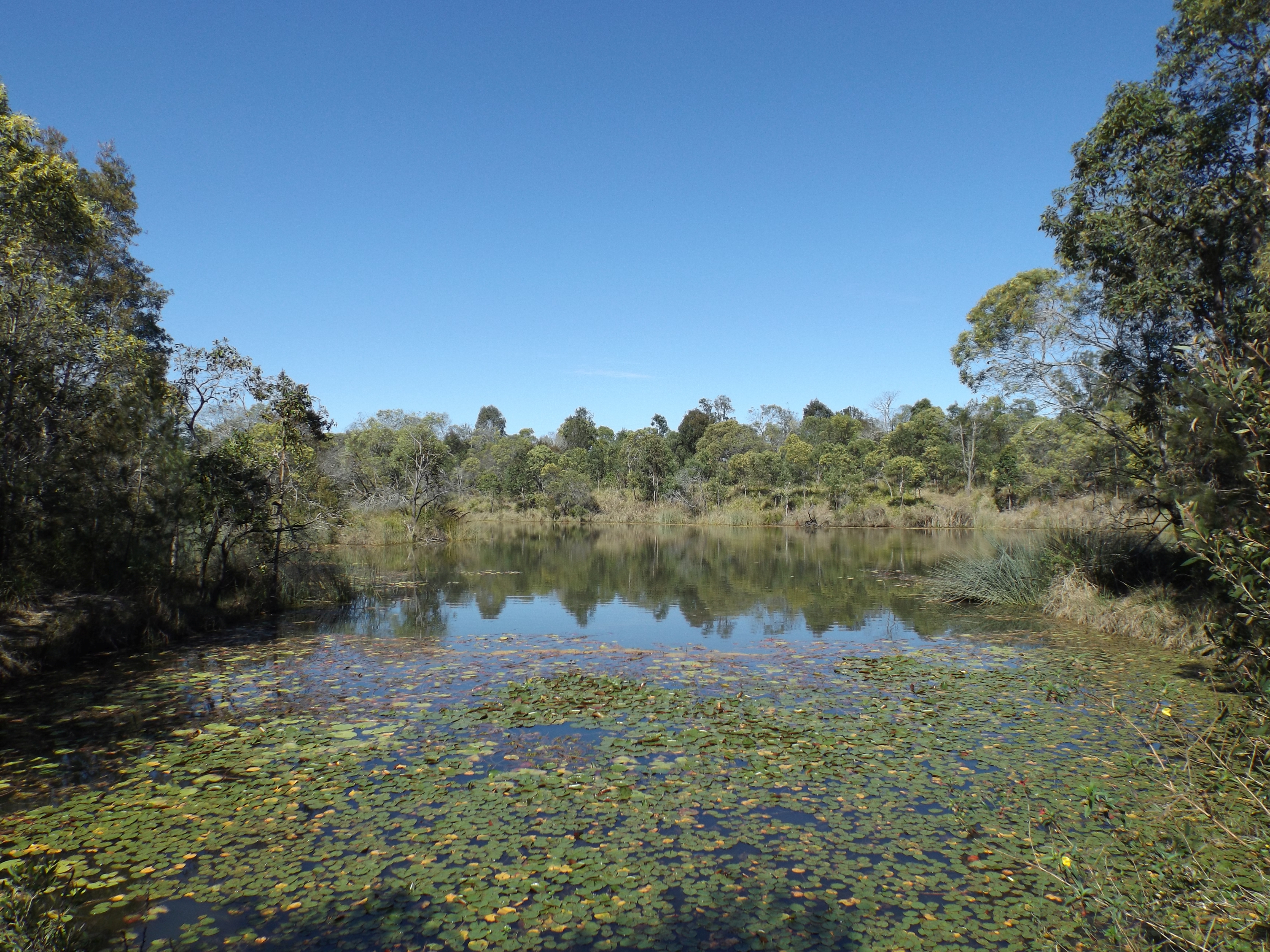|
Koala Kid
''Koala Kid'' (also known as ''Outback'' or ''The Outback'') is a 2012 computer-animated action comedy film directed by Kyung Ho Lee. It was released in South Korea on January 12, 2012. The English dub cast consists of Rob Schneider, Bret McKenzie, Frank Welker, Yvonne Strahovski, Alan Cumming, Tim Curry, and Chris Edgerly. Plot In Australia, a white koala named Johnny is teased about his color, so he joins a traveling circus with the help of Hamish, a Tasmanian Devil, and Higgens, a spider monkey photographer. He is disappointed that he is part of the freak show instead of the main acts in the big tent. The top act is "Wild Bushman" who takes all the audience from the freak show. Johnny checks out the show and accidentally becomes part of it, and The Wild Bushman saves him. While traveling to a new location, their wagon train car becomes unattached and crashes in the desert of "The Outback". On their quest to go to the next location of the traveling circus, "Precipice Lak ... [...More Info...] [...Related Items...] OR: [Wikipedia] [Google] [Baidu] |
Mark A
Mark may refer to: Currency * Bosnia and Herzegovina convertible mark, the currency of Bosnia and Herzegovina * East German mark, the currency of the German Democratic Republic * Estonian mark, the currency of Estonia between 1918 and 1927 * Finnish markka ( sv, finsk mark, links=no), the currency of Finland from 1860 until 28 February 2002 * Mark (currency), a currency or unit of account in many nations * Polish mark ( pl, marka polska, links=no), the currency of the Kingdom of Poland and of the Republic of Poland between 1917 and 1924 German * Deutsche Mark, the official currency of West Germany from 1948 until 1990 and later the unified Germany from 1990 until 2002 * German gold mark, the currency used in the German Empire from 1873 to 1914 * German Papiermark, the German currency from 4 August 1914 * German rentenmark, a currency issued on 15 November 1923 to stop the hyperinflation of 1922 and 1923 in Weimar Germany * Lodz Ghetto mark, a special currency for Lodz Ghe ... [...More Info...] [...Related Items...] OR: [Wikipedia] [Google] [Baidu] |
Tasmanian Devil
The Tasmanian devil (''Sarcophilus harrisii'') (palawa kani: purinina) is a carnivorous marsupial of the family Dasyuridae. Until recently, it was only found on the island state of Tasmania, but it has been reintroduced to New South Wales in mainland Australia, with a small breeding population. The size of a small dog, the Tasmanian devil became the largest carnivorous marsupial in the world following the extinction of the thylacine in 1936. It is related to quolls, and distantly related to the thylacine. It is characterised by its stocky and muscular build, black fur, pungent odour, extremely loud and disturbing screech, keen sense of smell, and ferocity when feeding. The Tasmanian devil's large head and neck allow it to generate among the strongest bites per unit body mass of any extant predatory land mammal. It hunts prey and scavenges on carrion. Although devils are usually solitary, they sometimes eat and defecate together in a communal location. Unlike most other da ... [...More Info...] [...Related Items...] OR: [Wikipedia] [Google] [Baidu] |
Cosmetics
Cosmetics are constituted mixtures of chemical compounds derived from either natural sources, or synthetically created ones. Cosmetics have various purposes. Those designed for personal care and skin care can be used to cleanse or protect the body or skin. Cosmetics designed to enhance or alter one's appearance (makeup) can be used to conceal blemishes, enhance one's natural features (such as the eyebrows and eyelashes), add color to a person's face, or change the appearance of the face entirely to resemble a different person, creature or object. Cosmetics can also be designed to add fragrance to the body. Definition and etymology The word ''cosmetics'' derives from the Greek (), meaning "technique of dress and ornament", from (), "skilled in ordering or arranging" and that from (), meaning "order" and "ornament". Cosmetics are constituted from a mixture of chemical compounds derived from either natural sources, or synthetically created ones. Legal definition ... [...More Info...] [...Related Items...] OR: [Wikipedia] [Google] [Baidu] |
Saltwater Crocodile
The saltwater crocodile (''Crocodylus porosus'') is a crocodilian native to saltwater habitats and brackish wetlands from India's east coast across Southeast Asia and the Sundaic region to northern Australia and Micronesia. It has been listed as Least Concern on the IUCN Red List since 1996. It was hunted for its skin throughout its range up to the 1970s, and is threatened by illegal killing and habitat loss. It is regarded as dangerous to humans. The saltwater crocodile is considered to be the largest living reptile. Males can grow up to a length of , rarely exceeding , and a weight of . Females are much smaller and rarely surpass . It is also called the estuarine crocodile, Indo-Pacific crocodile, marine crocodile, sea crocodile, and informally as the saltie. A large and opportunistic hypercarnivorous apex predator, they ambush most of their prey and then drown or swallow it whole. They are capable of prevailing over almost any animal that enters their territory, includ ... [...More Info...] [...Related Items...] OR: [Wikipedia] [Google] [Baidu] |
Vulture
A vulture is a bird of prey that scavenges on carrion. There are 23 extant species of vulture (including Condors). Old World vultures include 16 living species native to Europe, Africa, and Asia; New World vultures are restricted to North and South America and consist of seven identified species, all belonging to the Cathartidae family. A particular characteristic of many vultures is a bald, unfeathered head. This bare skin is thought to keep the head clean when feeding, and also plays an important role in thermoregulation. Vultures have been observed to hunch their bodies and tuck in their heads in the cold, and open their wings and stretch their necks in the heat. They also urinate on themselves as a means of cooling their bodies. A group of vultures in flight is called a 'kettle', while the term 'committee' refers to a group of vultures resting on the ground or in trees. A group of vultures that are feeding is termed a 'wake'. Taxonomy Although New World vultures a ... [...More Info...] [...Related Items...] OR: [Wikipedia] [Google] [Baidu] |
Boomerang
A boomerang () is a thrown tool, typically constructed with aerofoil sections and designed to spin about an axis perpendicular to the direction of its flight. A returning boomerang is designed to return to the thrower, while a non-returning boomerang is designed as a weapon to be thrown straight and is traditionally used by some Aboriginal Australians for hunting. Historically, boomerangs have been used for hunting, sport, and entertainment and are made in various shapes and sizes to suit different purposes. Although considered an Australian icon, ancient boomerangs have also been discovered in Africa, the Americas, and Eurasia. Description A boomerang is a throwing stick with aerodynamic properties, traditionally made of wood, but also of bone, horn, tusks and even iron. Modern boomerangs used for sport may be made from plywood or plastics such as ABS, polypropylene, phenolic paper, or carbon fibre-reinforced plastics. Boomerangs come in many shapes and sizes dependi ... [...More Info...] [...Related Items...] OR: [Wikipedia] [Google] [Baidu] |
Wombat
Wombats are short-legged, muscular quadrupedal marsupials that are native to Australia. They are about in length with small, stubby tails and weigh between . All three of the extant species are members of the family Vombatidae. They are adaptable and habitat tolerant, and are found in forested, mountainous, and heathland areas of southern and eastern Australia, including Tasmania, as well as an isolated patch of about in Epping Forest National Park in central Queensland. Etymology The name "wombat" comes from the now-nearly extinct Dharug language spoken by the aboriginal Dharug people, who originally inhabited the Sydney area. It was first recorded in January 1798, when John Price and James Wilson, a white man who had adopted aboriginal ways, visited the area of what is now Bargo, New South Wales. Price wrote: "We saw several sorts of dung of different animals, one of which Wilson called a "Whom-batt", which is an animal about 20 inches high, with short legs and a th ... [...More Info...] [...Related Items...] OR: [Wikipedia] [Google] [Baidu] |
Red Kangaroo
The red kangaroo (''Osphranter rufus'') is the largest of all kangaroos, the largest terrestrial mammal native to Australia, and the largest extant marsupial. It is found across mainland Australia, except for the more fertile areas, such as southern Western Australia, the eastern and southeastern coasts, and the rainforests along the northern coast. Taxonomy The initial description of the species by A.G. Desmarest was published in 1822. The type location was given as an unknown location west of the Blue Mountains. The author assigned the new species to the genus ''Kangurus''. In 1842, Gould reassigned the species to the genus '' Osphranter'', a taxon later submerged as a subgenus of '' Macropus''. A taxonomic restructure in 2015 in ''Taxonomy of Australian Mammals'' by Jackson and Groves promoted ''Osphranter'' back to genus level, redefining the red kangaroo, among others, as species within the genus ''Osphranter''. This was further supported by genetic analysis in 2019 ... [...More Info...] [...Related Items...] OR: [Wikipedia] [Google] [Baidu] |
Thylacine
The thylacine ( , or , also ) (''Thylacinus cynocephalus'') is an extinct carnivorous marsupial that was native to the Australian mainland and the islands of Tasmania and New Guinea. The last known live animal was captured in 1930 in Tasmania. It is commonly known as the Tasmanian tiger (because of its striped lower back) or the Tasmanian wolf (because of its canid-like characteristics). Various Aboriginal Tasmanian names have been recorded, such as ''coorinna'', ''kanunnah'', ''cab-berr-one-nen-er'', ''loarinna'', ''laoonana'', ''can-nen-ner'' and ''lagunta'', while ''kaparunina'' is used in Palawa kani. The thylacine was relatively shy and nocturnal, with the general appearance of a medium-to-large-size canid, except for its stiff tail and abdominal pouch similar to that of a kangaroo. Because of convergent evolution, it displayed an anatomy and adaptations similar to the tiger (''Panthera tigris'') and wolf (''Canis lupus'') of the Northern Hemisphere, such as ... [...More Info...] [...Related Items...] OR: [Wikipedia] [Google] [Baidu] |
Dingos
The dingo (''Canis familiaris'', ''Canis familiaris dingo'', ''Canis dingo'', or '' Canis lupus dingo'') is an ancient (basal) lineage of dog found in Australia. Its taxonomic classification is debated as indicated by the variety of scientific names presently applied in different publications. It is variously considered a form of domestic dog not warranting recognition as a subspecies, a subspecies of dog or wolf, or a full species in its own right. The dingo is a medium-sized canine that possesses a lean, hardy body adapted for speed, agility, and stamina. The dingo's three main coat colourations are light ginger or tan, black and tan, or creamy white. The skull is wedge-shaped and appears large in proportion to the body. The dingo is closely related to the New Guinea singing dog: their lineage split early from the lineage that led to today's domestic dogs, and can be traced back through the Maritime Southeast Asia to Asia. The earliest known dingo fossil, found in West ... [...More Info...] [...Related Items...] OR: [Wikipedia] [Google] [Baidu] |
Billabong
Billabong ( ) is an Australian term for an oxbow lake, an isolated pond left behind after a river changes course. Billabongs are usually formed when the path of a creek or river changes, leaving the former branch with a dead end. As a result of the arid Australian climate in which these "dead rivers" are often found, billabongs fill with water seasonally but can be dry for a greater part of the year. Etymology The etymology of the word ''billabong'' is disputed. The word is most likely derived from the Wiradjuri term ''bilabaŋ'', which means "a watercourse that runs only after rain". It is derived from ''bila'', meaning "river", It may have been combined with ''bong'' or ''bung'', meaning "dead". One source, however, claims that the term is of Scottish Gaelic origin. Billabongs were significant because they held water longer than parts of rivers; it was important for people to identify and name these areas. [...More Info...] [...Related Items...] OR: [Wikipedia] [Google] [Baidu] |
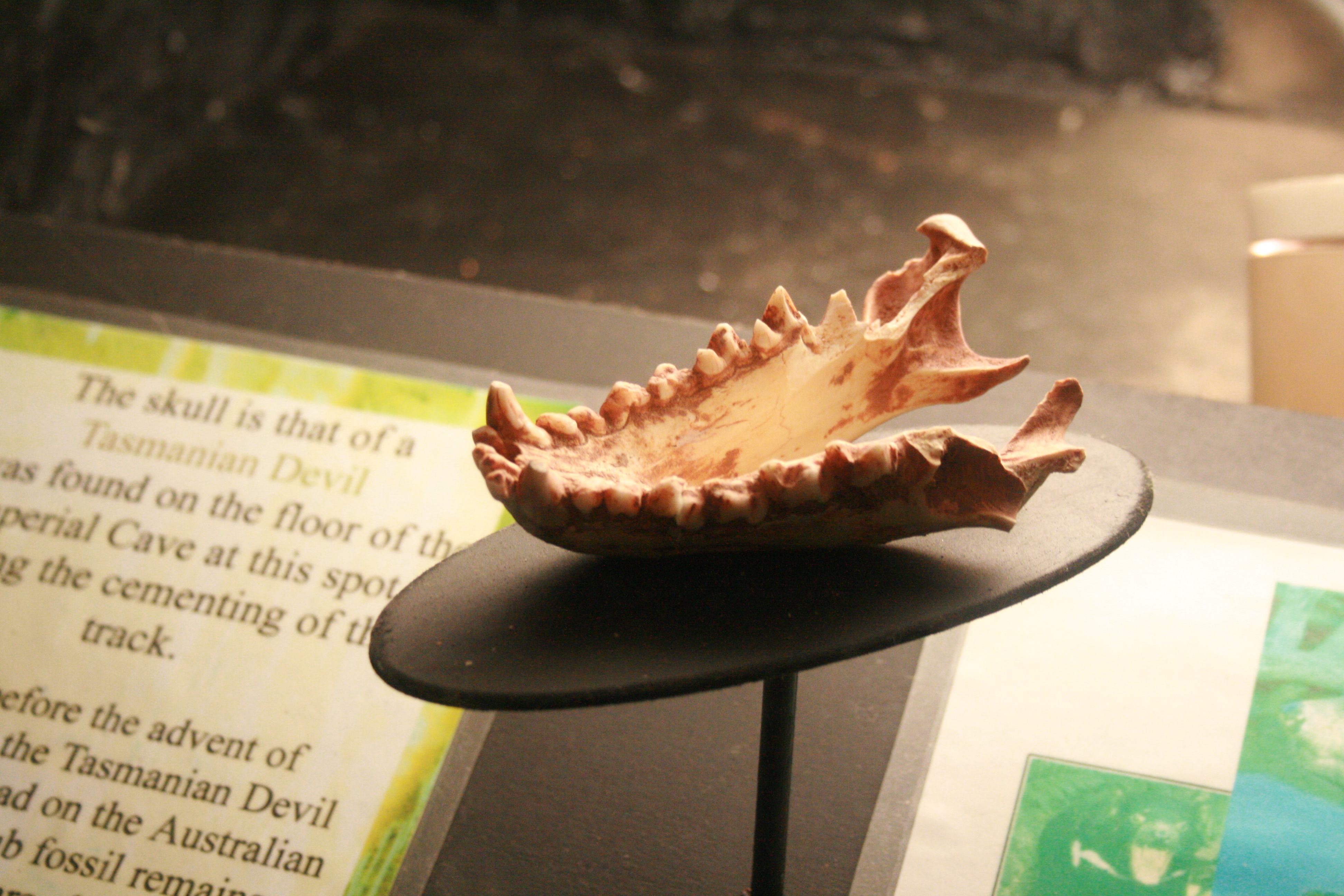
_black_vulture_wake_at_road_kill_-_wiki.jpg)
